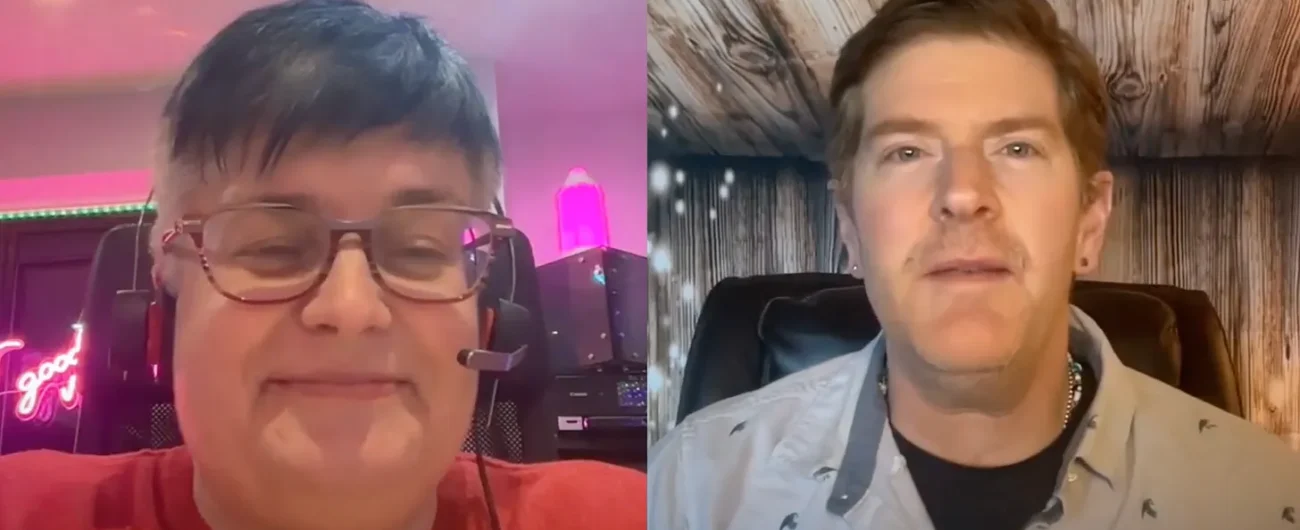A No ‘BS’ Approach: How Fiona Scott Built a Thriving PR Agency

From TV journalist-made-redundant to successful PR agency owner, Fiona Scott’s 37-year career is an example of resilience and adaptability. Now running a six-figure UK agency built on a “no BS” approach, Scott combines her journalist’s instincts with practical PR strategies that work for dozens of clients.
As she launches her first media summit and prepares her second book, her straightforward philosophy continues to shape how businesses approach media relations. In my latest interview with this old friend, we talked about her path to success, how entrepreneurs can understand what makes something newsworthy, and much more.
Trading the Press Pass for PR
Scott’s early days in UK newspapers prepared her for breaking stories in ways that still influence her PR work. Covering everything from drunken mobs lifting police cars to factory closures that devastated local economies, she learned how news impacts communities.
Her transition to working in television added visual storytelling to her toolkit. These skills now help her clients understand what makes compelling media coverage.
Three key lessons from her journalism years shape her PR approach. Keep these in mind as you push for press coverage of your company.
- Focus on human impact over corporate messaging
- Recognize when small stories can become national news
- Build relationships with local communities first
When redundancy forced her career shift 16 years ago, Scott applied these principles to PR. Rather than chasing every potential client, she built an agency working exclusively with businesses who share her direct, honest approach to media relations.
Watch my interview with Fiona here:
Helping Entrepreneurs Remove the ‘BS’
Scott’s first ever “No BS Media Summit” brings her straight-talking approach to life in a two-day conference format. Five working journalists, including national reporters and a documentary maker, will offer direct feedback on attendees’ pitches.
“Most PR events focus on theory,” Scott says. “We’re putting business owners face-to-face with journalists who can tell them immediately if their story works.”
Scott’s second book steps away from business advice to share tales from her early reporting days. The stories range from being trapped in a police car surrounded by rowdy pub-goers to breaking news of a chocolate factory closure that changed a town’s economy.
Recent client work has taken her to the House of Lords, though she maintains that local media coverage often drives more business value than national headlines. This balance between high-profile opportunities and practical results typifies her approach.
The summit, already attracting 22 participants, reflects growing interest in Scott’s methods. “Success in PR isn’t about fancy strategies,” she says. “It’s about understanding what journalists need and delivering it honestly.”
How Entrepreneurs Can Grow Their ‘News Sense’
Small business owners often misunderstand what makes news, focusing on internal milestones like website updates or logo changes. Scott helps them develop what she calls their “news sense” – an instinct for stories journalists want to cover.
Three elements that activate this news sense:
- Real people and their experiences
- Timely connections to trending topics
- Unique angles on common issues
“I often talk about trying to switch on entrepreneurs’ news sense and get them out of their own head about what they think is important compared to the media,” Scott explains. Her point proved true when a client’s simple dog-in-snow video earned monthly licensing fees for two years.
She advises against bombarding journalists with constant updates. Instead, she teaches clients to build lasting relationships through relevant, well-timed pitches. This approach helps businesses avoid the common trap of treating every company update as breaking news, while developing genuine media connections that last.
A Knack for Online Engagement
Instead of chasing algorithms, Scott maintains a simple yet effective LinkedIn presence built on storytelling and connection. She schedules three long-form posts weekly, each featuring photos that tag industry colleagues and potential collaborators.
Her top engagement tactics include:
• Ending posts with questions that spark discussion
• Responding to every meaningful direct message
• Connecting with second and third-tier contacts who comment
This consistent approach generates new business leads monthly without relying on hard sells or trend-chasing.
“Social media works best when you’re genuinely social,” Scott reflects. “The same principles that make good journalism – authenticity, regular presence, and human connection – create business opportunities online.”
Her journey from journalist to PR expert to social media success proves that clear communication transcends platforms and trends. As media continues evolving, Scott’s straightforward philosophy offers a refreshing way to cut through the noise: stay genuine, show up regularly, and always keep your audience in mind.
Thanks for reading! Do you want to create thought leadership articles like the one above? If you struggle to translate your ideas into content that will help build credibility and influence others, sign up to get John’s latest online course “Writing From Your Voice” here.

